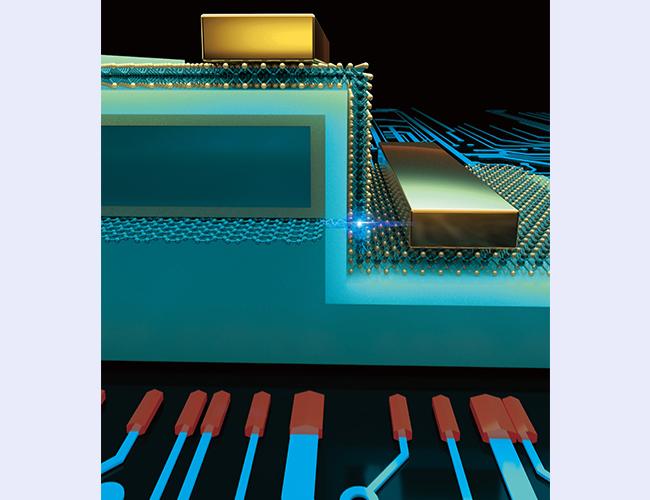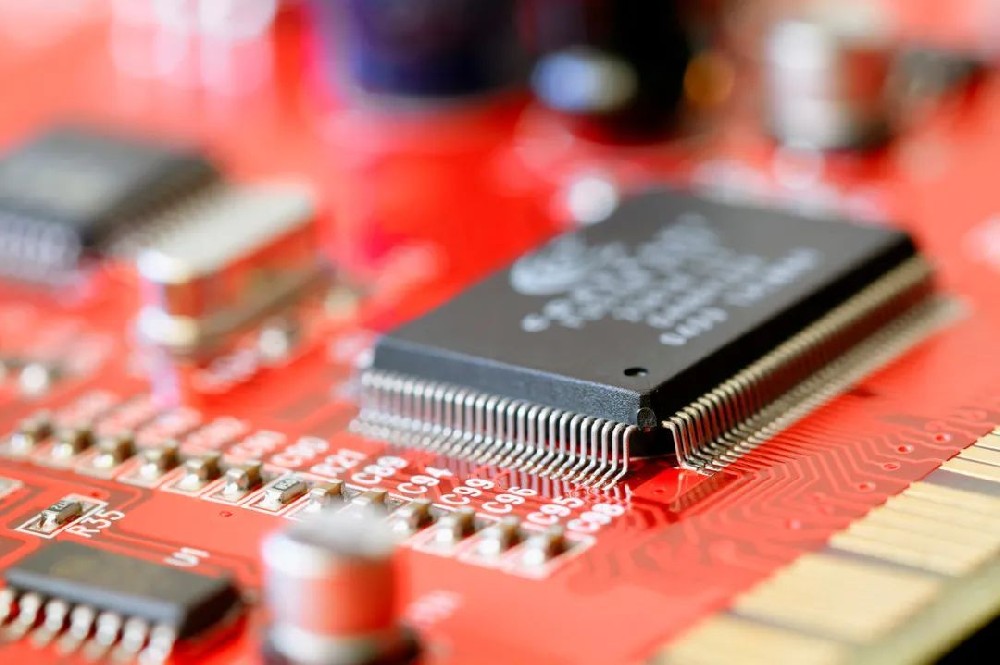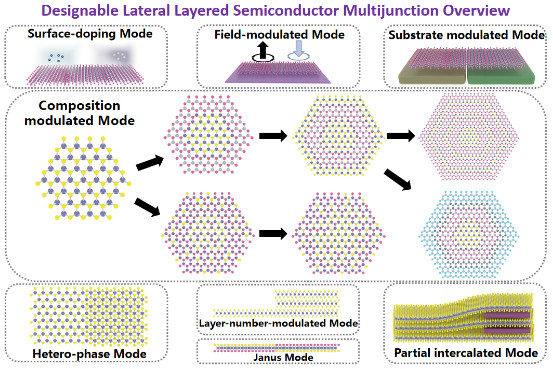The team of Academician Guo Guangcan from the University of Science and Technology of China has made important progress in the research of silicon-based semiconductor quantum chips. The team, in collaboration with Prof. Guoping Guo, Prof. Haiou Li and others, collaborated with Prof. Jianjun Zhang from the Institute of Physics, Chinese Academy of Sciences, Prof. Xuedong Hu from the State University of New York at Buffalo, and Benyuan Quantum Computing Co., Ltd. to achieve spin-orbit coupling strength in Si-based germanium-hole quantum dots The high-efficiency regulation of this system provides important guidance for the realization of spin-orbit switching and the improvement of the quality of spin qubits. The research results, titled "Gate-Tunable Spin-Orbit Coupling in a Germanium Hole Double Quantum Dot", were published online on April 27 in "Physical Review Applied", a well-known international journal of applied physics.
Silicon-based spin qubits have attracted widespread attention due to their long quantum decoherence time and high manipulation fidelity, and are a strong contender for the realization of quantum computers in the future. In addition, its compatibility with modern semiconductor processes makes it possible to scale up massively. High manipulation fidelity requires that bits have a sufficiently fast manipulation rate while having a long quantum decoherence time. The traditional bit manipulation method, electron spin resonance, is limited by the heating effect, and its flip rate is slow. When there is strong spin-orbit coupling in the system, both theoretical and experimental studies have shown that electric dipole spin resonance can be used to realize the flip of the spin bit, and the flip rate is proportional to the strength of the spin-orbit coupling, which can greatly improve the bit Control speed. Therefore, the study of the spin-orbit coupling effect in the system can provide an important physical basis for the realization of high-fidelity manipulation of spin qubits.
Li Haiou and Guo Guoping have carried out a series of systematic experimental studies in recent years, aiming at the strong spin-orbit coupling interaction of one-dimensional germanium nanowires. By measuring the anisotropy of the leakage current in the spin-blocking region in double quantum dots, the measurement and control of the Landau g-factor tensor and the direction of the spin-orbit coupling field in hole quantum dots of Si-based germanium nanowires are realized for the first time[ Nano Letters 21, 3835-3842 (2021)]. On this basis, in 2022, the research group used electric dipole spin resonance to achieve the fastest spin qubit manipulation in the world, with a flip rate of up to 540MHz [Nature Communications 13, 206 (2022)].
In order to further study the spin-orbit coupling mechanism in the hole system of Si-based germanium nanowires and achieve a high degree of tunability, the research group systematically measured the leakage current in the spin-blocking region with the magnitude of the external magnetic field and the detuning amount of the quantum dot energy level. Through theoretical modeling and numerical analysis, the spin-orbit strength in the system is obtained. By adjusting the gate voltage and changing the coupling strength between the double quantum dots, a wide range of spin-orbit coupling strength in the system is achieved. At the same time, the researchers pointed out that in the recently realized new patterned controllable growth of one-dimensional germanium nanowire system, due to the Dresselhaus spin-orbit coupling caused by the interface asymmetry and the direct Rashba spin-orbit coupling that can be adjusted efficiently, By adjusting the spin coupling strength in the system and changing the growth direction of the nanowires, we can either find a position in the momentum space where the spin-orbit coupling is completely closed, or use the spin-orbit switch to find the speed of realizing the ultrafast manipulation of bits. At the same time, the sweet spot that keeps the bits long for the quantum decoherence time. This discovery provides an important research basis for realizing high-fidelity manipulation of bits and improving the quality of spin qubits.
Figure 1. (a) Spin-orbit coupling length (a representation of spin-orbit coupling strength) as a function of gate voltage VC, (b) In momentum space, spin-orbit fields induced by different mechanisms are colored in different colors The arrows indicate: blue, direct Rashba spin-orbit field (BR), green, Dresselhaus spin-orbit field (BD), red, total spin-orbit field (Btotal). When the magnitudes of BR and BD are equal and opposite, the total spin-orbit coupling field at the red star is zero, and the spin-orbit coupling is turned off.
Doctoral students Liu He, Zhang Ting and postdoctoral fellow Wang Ke of the Key Laboratory of Quantum Information of the Chinese Academy of Sciences are the co-first authors of the paper, and Professor Li Haiou and Professor Guo Guoping of the Key Laboratory of Quantum Information of the Chinese Academy of Sciences are the co-corresponding authors of the paper. This work was funded by the Ministry of Science and Technology, the National Foundation of China, the Chinese Academy of Sciences, and Anhui Province. Professor Li Haiou was funded by the Zhongying Young Scholars Program of the University of Science and Technology of China.
 China
China English
English





